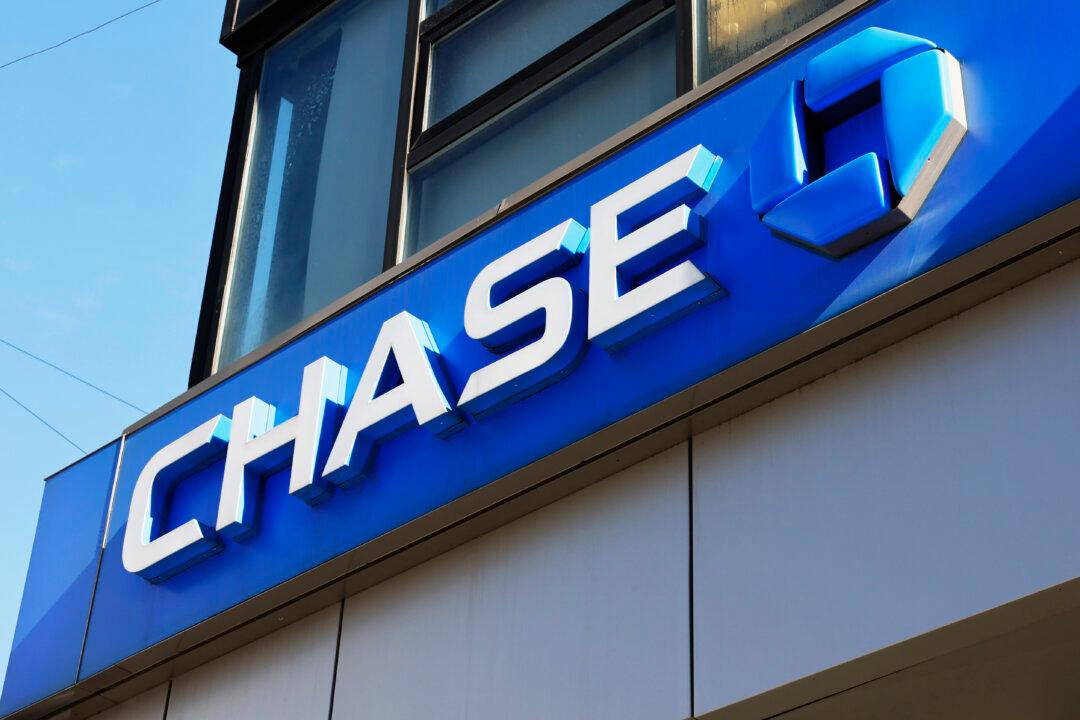Uber Technologies and Lyft both saw ridership gains in 2024, but Uber seems to be winning the race on Wall Street, as its shares have gained more than Lyft’s.
Management of the two companies heralded the gains made in ridership bookings and trips that helped boost financial performance.
“Uber ended 2024 with our strongest quarter ever, as growth accelerated across MAPCs, trips, and gross bookings,” Uber CEO Dara Khosrowshahi said.
“Our performance has been powered by rapid innovation and execution across multiple priorities, including the massive opportunity presented by autonomous vehicles. We enter 2025 with clear momentum and will continue to be relentless against our long-term strategy.”
Erin Brewer, Lyft’s chief financial officer, also reported positive news.
“We achieved record gross bookings, significant margin expansion, our first full year of GAAP profitability, and record cash flow generation,” Brewer said.
“We surpassed every target we provided at investor day, and the best part is that 2024 was only the beginning of our multi-year plan.”
Uber’s shares have fared better than Lyft’s over a more extended, five-year period, with a gain of 92 percent compared with Lyft’s 72 percent loss.
Uber and Lyft are in the right market at the right time. The market is ride-hailing, which has been changing riders’ lives worldwide. The two young companies’ apps and network of drivers make riding around cities and suburbs easy, convenient, and efficient. As technology improves and riders become more comfortable with their services, the time is now for the two companies to begin reaching the mass market of riders and improving their financials.
“Uber and Lyft’s earnings make one clear: People still rely on these services daily,” Nick Spivak, chief marketing officer of IT Monks, told The Epoch Times via email.
“They’re not just transportation companies anymore. They’re logistics giants that have figured out how to make money from every part of the experience. It’s not just about fares. It’s about subscriptions, premium rides, partnerships, and even ads inside the app.”
However, both companies had a bumpy ride on Wall Street in the early days, as they failed to capture value for their stockholders because of the lack of pricing power.
While in theory, the market for the two rideshare apps could work as a duopoly, in practice, it works as perfect competition: a market in which sellers sell homogeneous products and consumers have perfect information on the quality and price of services, pitting one seller against another—Uber against Lyft.
As a result, neither company has managed to earn returns that matched the cost of capital.
The two companies have launched several initiatives to limit their competition. They have forged partnerships with local taxi drivers and introduced loyalty programs that discourage riders from switching between apps. Uber, with its scale advantage, has taken the lead.
Meanwhile, Uber’s leadership and subsequent gains on Wall Street helped the company join the benchmark S&P 500 Index and the Dow Jones Industrial Average, gaining much visibility in the investment community, as Lyft remained in the shadows.
Still, Spivak sees both companies facing the challenge of balancing cost and value.
“Riders want cheap fares, drivers want fair pay, and investors want profits,” he said.
“Every time the company shifts in one direction, it risks upsetting one of these groups. They tweak pricing models constantly to keep things running in their favor, sometimes in ways that frustrate both riders and drivers.”







